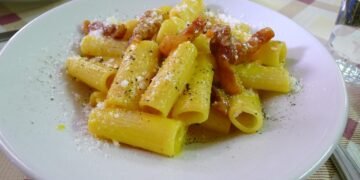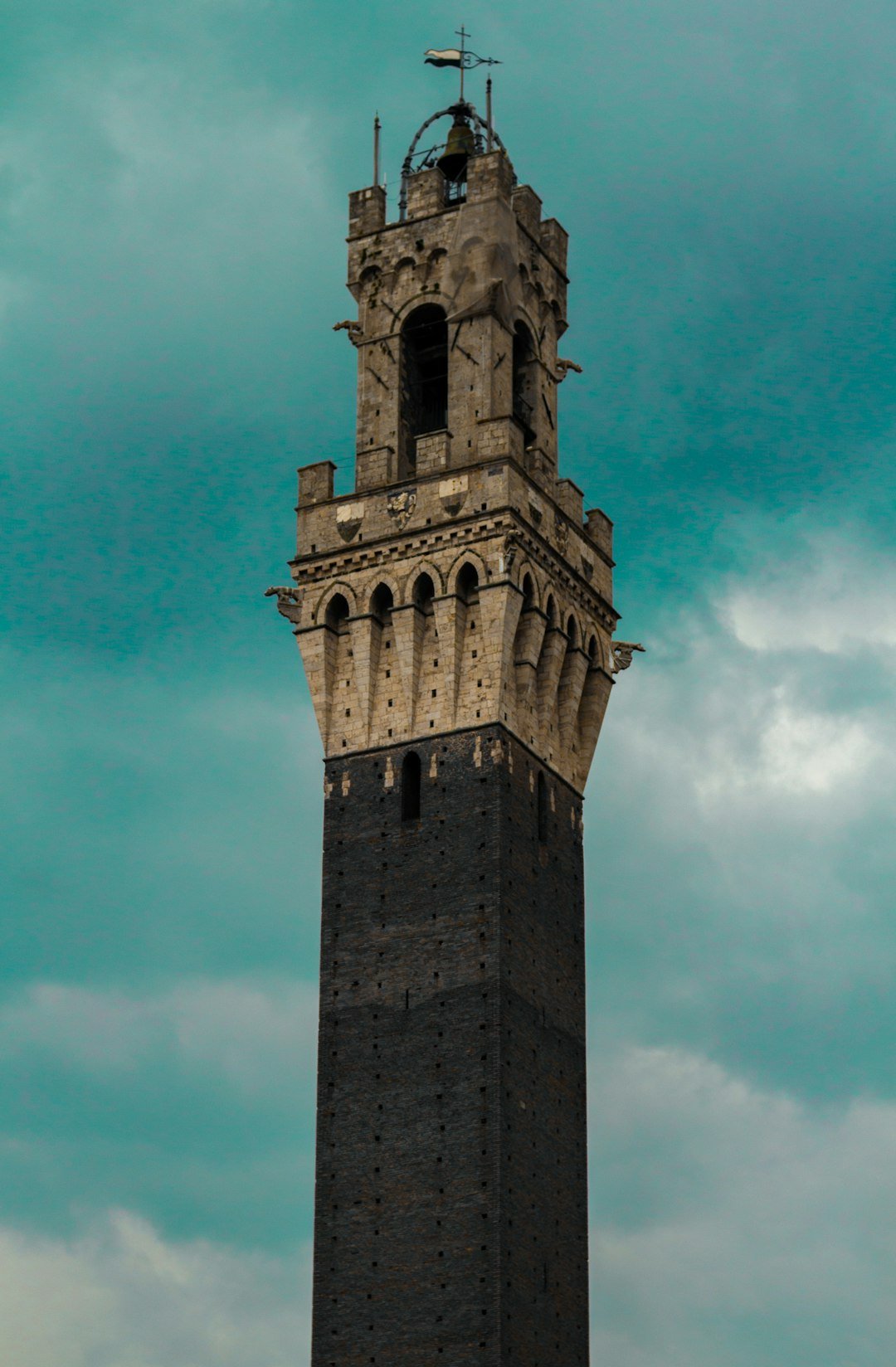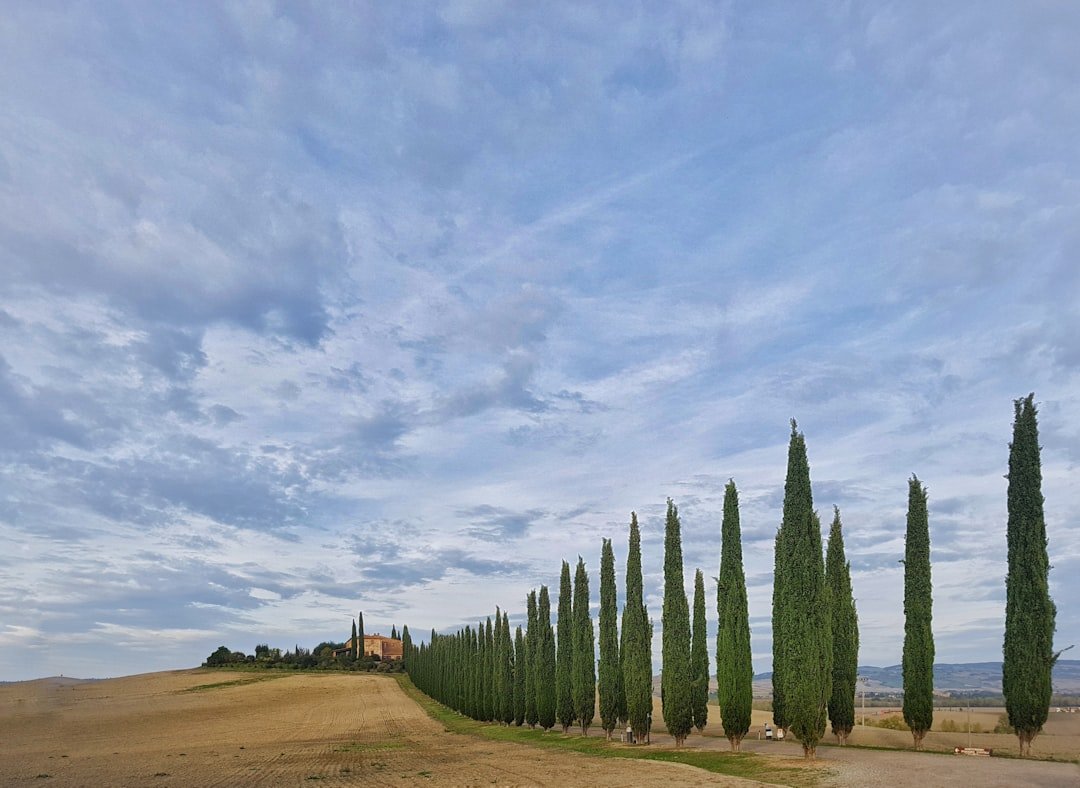Introduction to Tuscany’s Silk-Making History
In the heart of Italy lies the beautiful region known as Tuscany. Known for its picturesque landscapes, rich history, and unique traditions, Tuscany offers a wealth of knowledge and experiences just waiting to be discovered. One of these traditions is silk making, a skill that has been passed down through generations. From the harvesting of the silk worms to the weaving of the silk thread into beautiful fabrics, the process of silk-making in Tuscany is a journey from nature to artistry.
The Origins of Silk-Making in Tuscany
The origin of silk-making in Tuscany can be traced back to the 12th century. During this time, the city of Lucca became a leading center for silk production, thanks to the patronage of its wealthy inhabitants and the availability of mulberry trees, which provided food for the silk worms.
| Century | Important Event |
|---|---|
| 12th | Start of Silk-production in Lucca |
| 15th | Establishment of silk-weaving guilds |
The Role of Silk-Weaving Guilds
During the late Middle Ages, many artisans gathered into guilds to protect their trades and to encourage new learners. The Silk Weavers’ Guild of Lucca became one of the most powerful in the area, its members producing exquisite pieces of cloth that became sought after throughout Europe. The guild’s influence can still be seen in Tuscany today, in the form of well-preserved historic buildings and artifacts.
Where Can One Learn About Tuscany’s Silk-Making History?
If you want to delve deeper into the history of the Tuscan silk-making, there are several fantastic places where you can immerse yourself into this age-old tradition.
Museo della Seta di Como
Although not in Tuscany itself, the Museo della Seta di Como (Silk Museum of Como) is a must-visit for any silk enthusiasts. The museum showcases the entire silk production cycle, offering detailed explanations and exhibits.
Antico Setificio Fiorentino
In the heart of Florence, you can find the Antico Setificio Fiorentino, an historical silk artisan workshop. Here, skilled artisans continue to weave silk in the traditional manner, using hand looms and an 18th century warping machine known as the “Imperial Loom”. This immersive experience allows visitors to truly feel the history and craftsmanship of the Tuscan silk-makin
Textile Museums in Prato and Lucca
Both Prato and Lucca house impressive textile museums. The Museo del Tessuto in Prato focuses on the history of textile production in the region, with a particular focus on the industrial development during the 19th and 20th centuries. Lucca’s Museo della Seta, on the other hand, is dedicated to the city’s rich silk-making history, showcasing historical documents, tools, and samples of antique textiles.
| Location | Important Attractions |
|---|---|
| Museo della Seta di Como | Silk production exhibits, Historical artifacts |
| Antico Setificio Fiorentino | Weaving demonstrations, Ancient looms |
| Textile Museum in Prato and Lucca | Antique textiles, Historical documents, Tools |
Ongoing Silk Traditions in Tuscany
Despite the challenges posed by modern industry and global competition, some Tuscan businesses continue to maintain the ancient tradition of silk-making. A visit to Tuscany offers a unique opportunity to witness and appreciate this resilient industry and the people keeping it alive.
Conclusion
Tuscany’s rich historical and cultural landscape offers countless opportunities for learning and exploration. Whether you’re a history enthusiast, a budding fashion designer, or simply a curious traveler, there’s no doubt that the region’s silk-making history can provide a fascinating journey back in time.
Exploring the Silk Museums of Tuscany
Once you’ve set foot in Tuscany, there are several incredible places where you can immerse yourself in the captivating journey of Tuscany’s silk-making history. The most prominent among them are museums specifically dedicated to this precious craft.
The Silk Museum in Como
The Silk Museum in Como, located in the industrial city north of Milan, offers extensive exposure to the manufacturing process of silk. It showcases historical machinery, rare photographs and documents, exhibiting the progression of craftsmanship from the past to the present day.
Antico Setificio Fiorentino
Situated in the heart of Florence, Antico Setificio Fiorentino is not just a museum, but a working silk mill. A historical jewel, this site was established in 1786 and continues to produce hand-woven silk fabrics using 18th-century looms. Visitors are allowed to witness the unique weaving process, representing an authentic experience of Tuscany’s silk-making history.
Visiting Historic Silk Manufactories
Beyond these renowned museums, several old silk manufactories also preserve the region’s rich silk-making traditions.
Cultural Routes of Silk
One of such remarkable places includes the Cultural Routes of Silk. This route covers a series of old silk laboratories and manufactories, which shed light on the historical, social and economic relevance of silk production in Tuscany.
| Museum | Location | Features |
|---|---|---|
| Silk Museum | Como | Mainly focused on the manufacturing process of silk |
| Antico Setificio Fiorentino | Florence | Authentic hand-woven silk weaving experience |
| Cultural Routes of Silk | Tuscany | Displays old silk laboratories and manufactories |
Learning from Silk-Making Workshops
Besides museums and manufactories, hands-on workshops provide a unique learning opportunity for those interested in the art of silk-making. For instance, the Silk Art Workshop of Florence offers classes where participants can learn and get involved in the traditional silk-making process.
Silk Farm of San Gimignano
Vividly showcasing the cultivation of silkworms, the Silk Farm in San Gimignano provides a rare insight into the starting phase of silk production.
In conclusion, Tuscany, with its myriad of museums, traditional manufactories, and interactive workshops, is a haven for those seeking to learn about the enduring legacy of silk-making. It provides an immersed experience in the world of silk, making it a memorable journey through artistry and history.
























